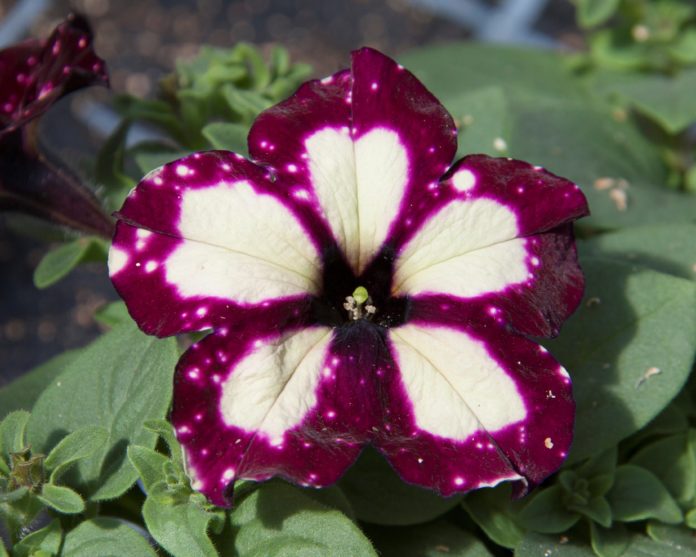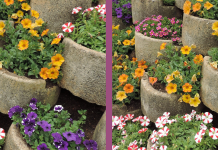Even in the dead of winter, your garden should never be neglected. Aside from planting deciduous trees, shrubs and climbers, you can also plant annuals and perennials which, by spring, will boast a rainbow of eye candy.
We’re planting… Petunia ‘Lightning Sky’ the latest in novelty petunias that is very hard to ignore. The speckled and starred yellow and red-velvet petals sparkle like a firework display. Each bloom is different, and the cooler days and nights bring out the markings.
Like the other novelty petunias, the flowers are single, with compact, neat growth that suits smaller gardens, and spill out of containers and hanging baskets. Plants can double-up as in indoor flower arrangement for a day or two before being planted outdoors. They like full winter sun, well-drained soil, regular watering and fertiliser once a month to ensure an endless supply of flowers. The other showy petunias in the novelty range are the blue shaded ‘Night Sky’, and ‘Ink Splash’ with ‘Baby Doll’ being pink and white.

Perfect for the Patio… Lavender ‘Avignon Early Blue’ is small and bushy with deep blue blooms and the strong fragrance of English lavender. Keep flowering plants in a warm, sheltered spot on the patio during winter and it will continue flowering into spring. Use the edible flowers in cooking or baking, and to flavour sugar. Cut off the dead blooms to encourage new flowers. In summer it can be planted out into the garden or into outdoor containers. It is suitable for our hot, dry summers, being able to tolerate heat better than stoechas varieties.
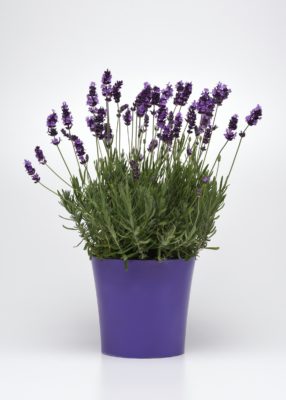
Garden tasks for July
- Prune the roses from mid-July until early August.
- Regularly water spring flowering shrubs, bulbs and flowers
- Fertilise winter flowers with a liquid fertiliser once or twice a month
- Water lawns once a month in warmer areas.
- Protect tender plants with frost guard cloth.
- Water flowers in containers every second day.
- Protect conifers from conifer aphid by spraying the stems and foliage with an organic insecticide or use insecticide granules sprinkled around the base of the conifer.
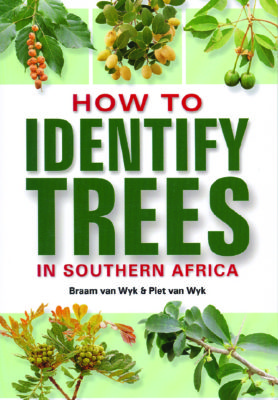
This book’s title says it all! Now in an updated second edition, it provides a clear understanding of how trees are constructed and what to look for when identifying a tree. The book is divided into two parts: Part 1 describes and clearly illustrates the different parts of a tree and their role in tree identification. Part 2 features a key to 43 tree groups, based on an easy-to-observe stem and leaf features. Penguin Random House, R290.
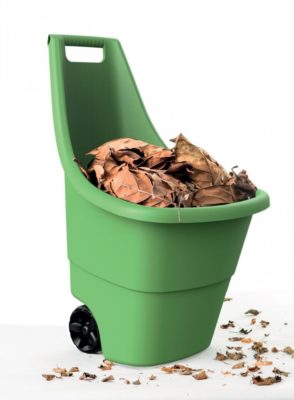
Perfect for use in the garden (and around the home!), the Easy Go Breeze (50l capacity) is ideal for carting around garden clippings, potting soil, tools and so much more! R299 from za.keter.com.

